
Lillianne Kuijt
Internship: Natascha Libbert
My photography reflects my own life, but also the life of others. I started shooting early because of an inner sense of compulsion to not forget certain moments. I am always afraid to forget and lose specific moments or memories. As a result, through my photography I investigate who I was, who I am and who I want to be in the future. I mainly make conceptual documentary photos with dark and raw aesthetics. I use the medium to tell personal stories, for example the death of my father or about the memories of my past. Another theme I am interested in is local history, such as the history of my home town IJmuiden, but especially the life stories of the inhabitants. Within this subject I work with archival material and combine it with newly made staged photos. This combination allows me to express different ideas. Before taking pictures, I do an in-depth research to get inspiration. Then, depending on the subject, I decide whether to construct, deconstruct or document a story.
GRADUATION PROJECT
When spring comes, we go outside. The sun is a source of joy for a lot of people but not for Yazz (13). She is forced to stay in the darkness otherwise the sun will cause her excruciating pain. She is diagnosed with a rare disease Erythropoëtische protoporfyrie (EPP). Consequently, due to the limitations of the disease, her life is not as carefree as it should be at her age. Essentially, it is a disruptive disease, a disease that literally and figuratively leaves scars. It deeply affects her life, she always has to arm herself against the sun with protective clothes while dealing with the feeling of shame. This unusual story is about her, growing up with a rare disease in a society that is designed for a life in daylight.


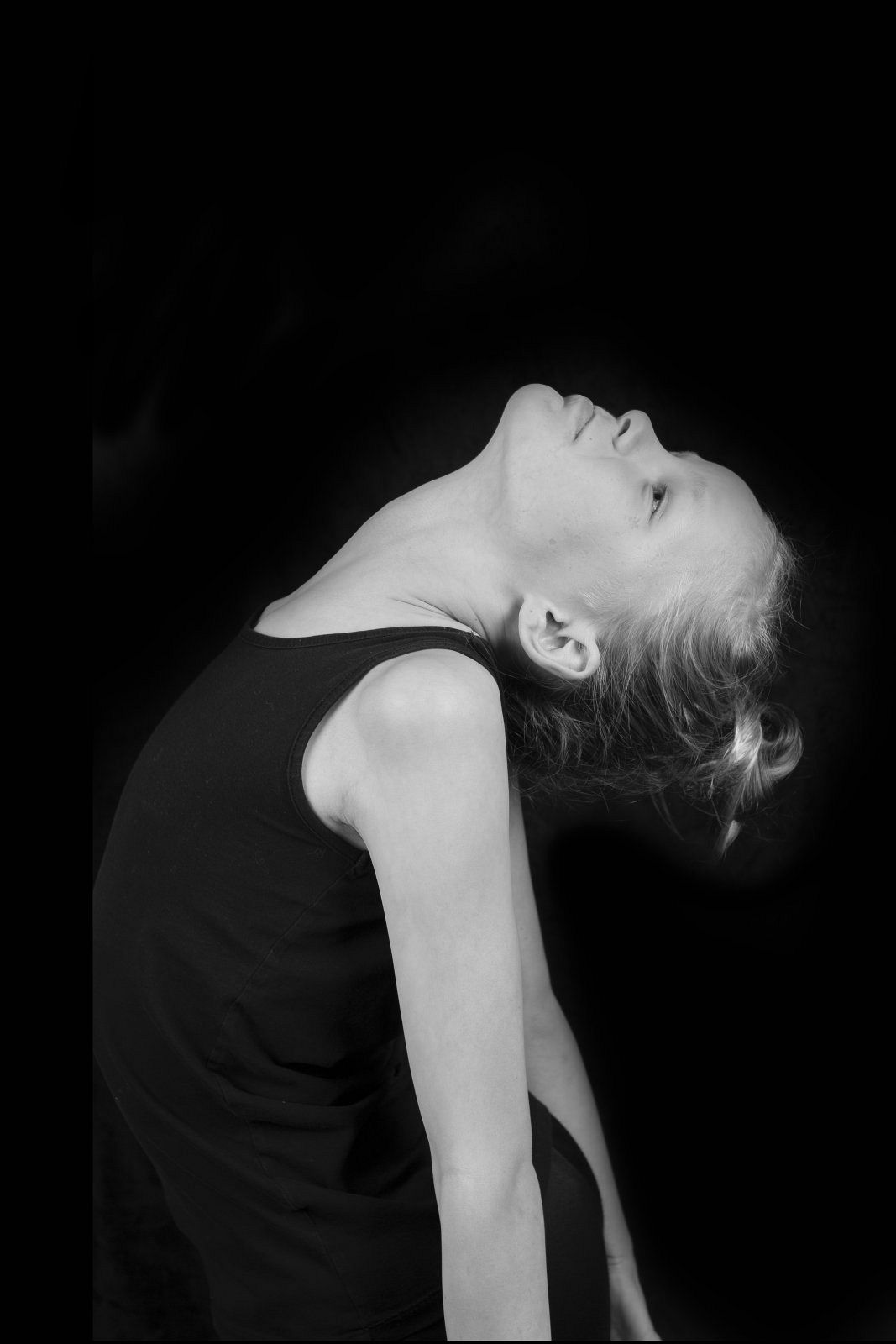


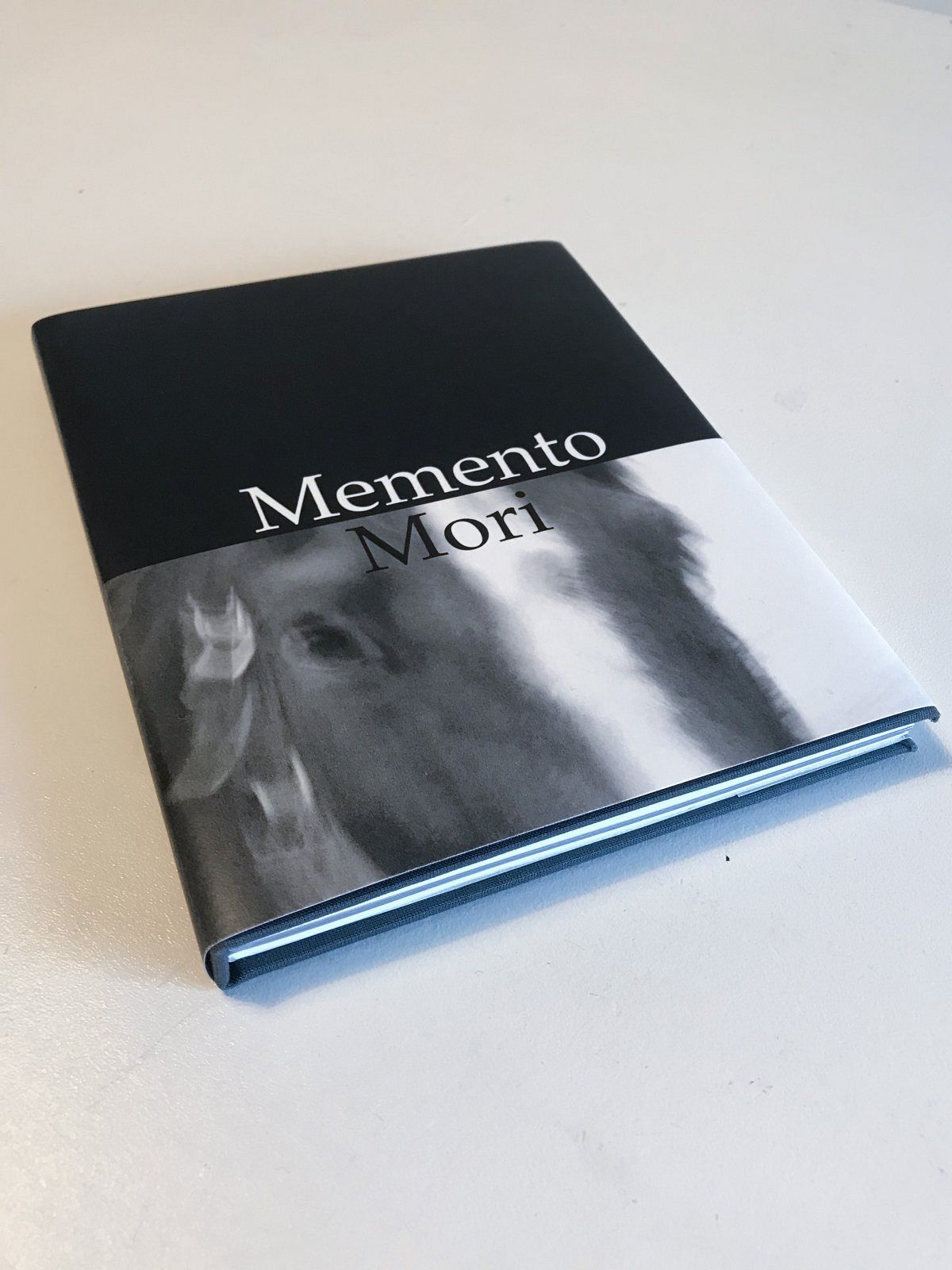
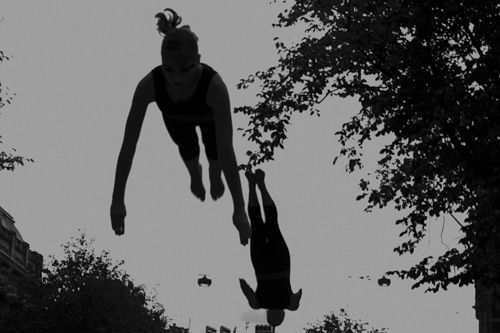

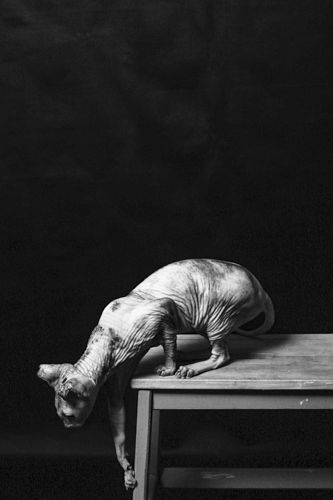
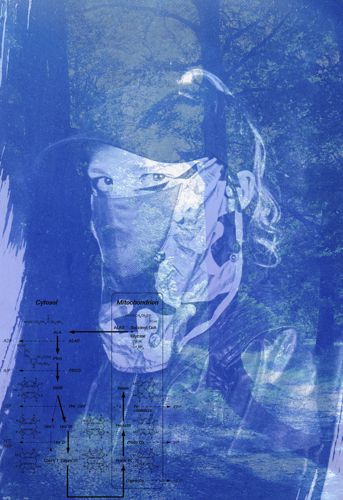
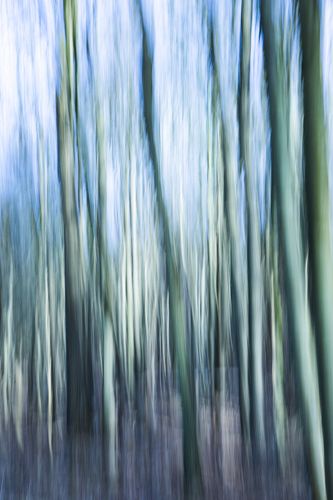
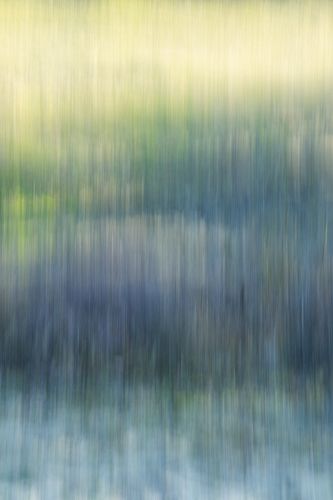
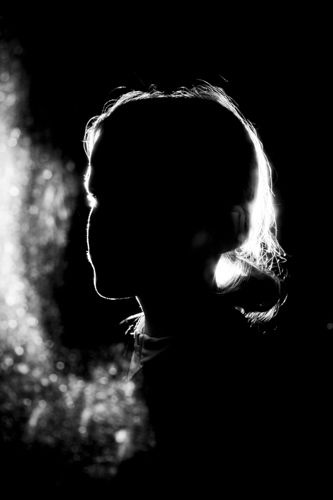
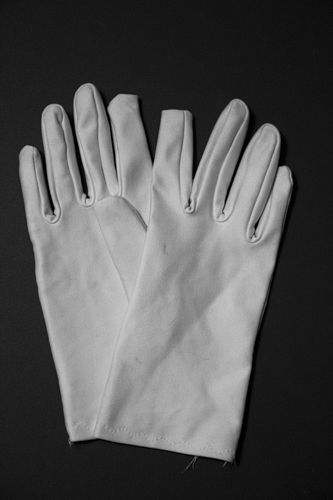

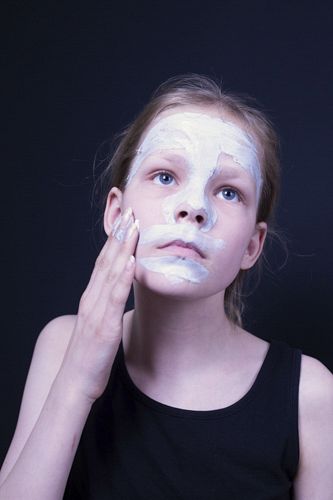
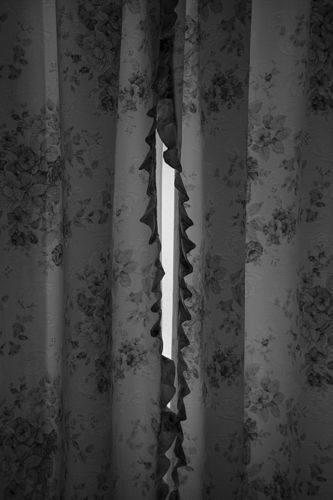

THESIS
Memento Mori, An investigation of memory and grief in photography.
I think it is important to relate photography to death and to be able to explain it. Roland Barthes (literary critic and language philosopher) has written several books, including the book Camera Lucida. In that book, he explained how photography, death and grief work together. Each photo is layered and contains a message because the photographer is always related to the subject. The book can be seen as an adaptation in response to the death of his mother and my father, but at the same time it is an investigation into the nature and essence of photography.
Barthes' theory has shown me where my fascination for death and grief comes from. In my dissertation I investigate whether his theory can test against the work of other photographers who fascinate me and in my own work. The reason is that I am always attracted to often dark melancholic photography such as that of the Belgian photos Dirk Braeckman and Jan Rosseel, and the Japanese photographer Masahisa Fukase. I wanted to know if memory and sadness play a role in their work and how I could interpret that as a spectator. As a maker I want to know how great the role of memory plays and also in my own photography. To answer my question, I use Roland Barthes' theory and test these photographers in the form of case studies. I investigate who they are as a person and as a photographer and whether they share the same fascination.
During the KABK I had to search a lot for my own recognizable identity, both personally and professionally, my images can visually differ a lot, but afterwards there was often an underlying similarity such as death, my deceased father, memory and sadness. The whole process of writing this thesis made me aware of my own memories and fears, and especially gave me insight into why I photograph.